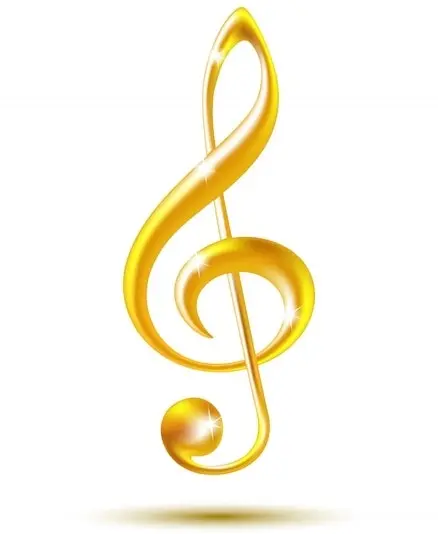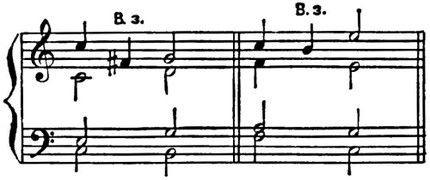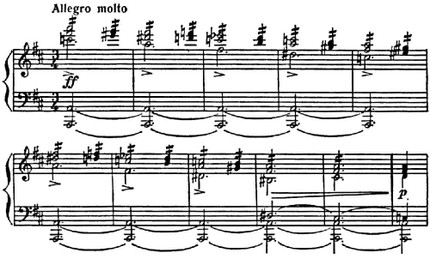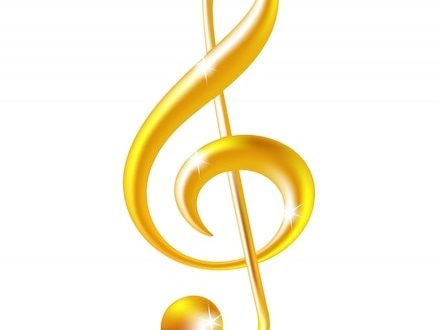
Rimsky-Korsakov gamma |
A scale whose steps form an alternate sequence of tones and semitones (gamma tone-semitone or semitone-tone). It combines the sounds of the system, conventionally designated as a reduced mode (the term of B. L. Yavorsky). The support (conditional tonic) in this system is the mind. seventh chord (see Chord).

In Russian music was first applied by N. A. Rimsky-Korsakov for the purpose of music. figurativeness:

N. A. Rimsky-Korsakov. Symphonic picture “Sadko” (1st edition, 1867). Immersion Sadko in the depths of the sea.
Previously, tone-semitone gamma was used in Western Europe. music, eg. in fp. the works of F. Liszt (Etude Des-dur; “Etudes of the highest skill”: No 5 – “Wandering lights”, No 6 – “Vision”, etc.), F. Chopin (1st ballad in g-moll).
V. A. Vakhromeev




